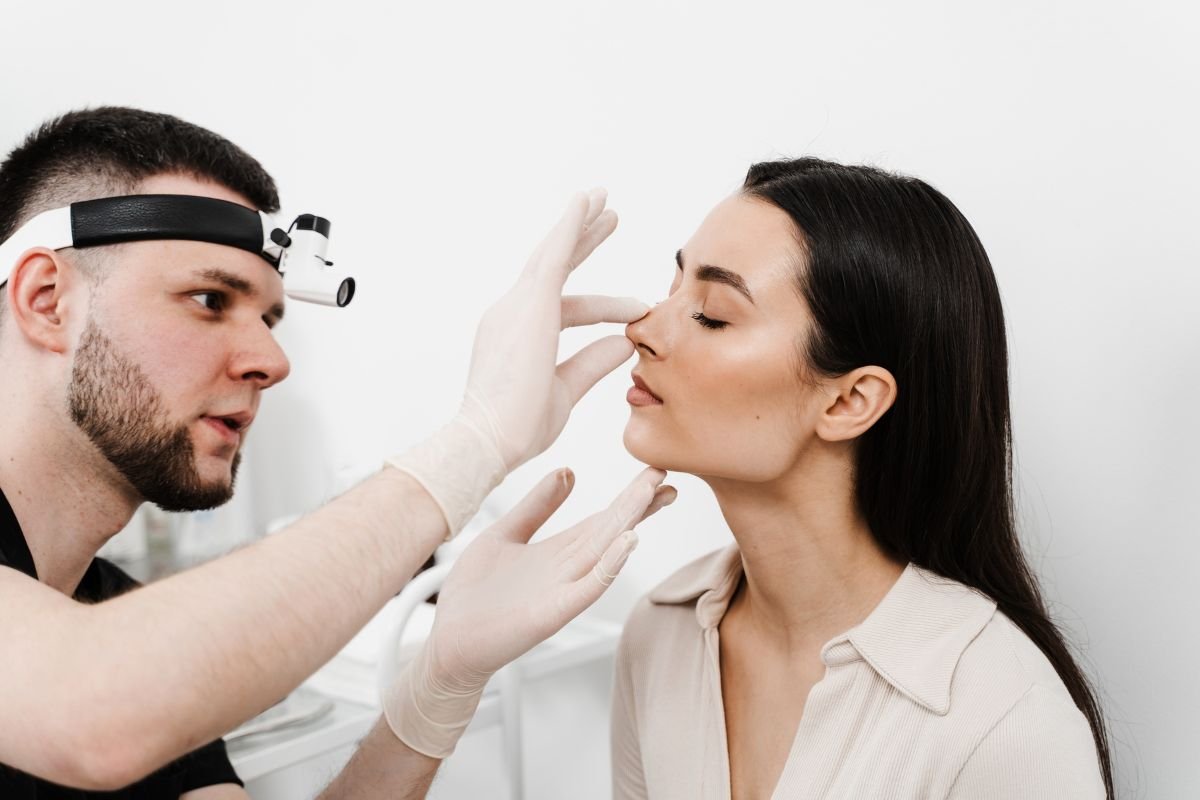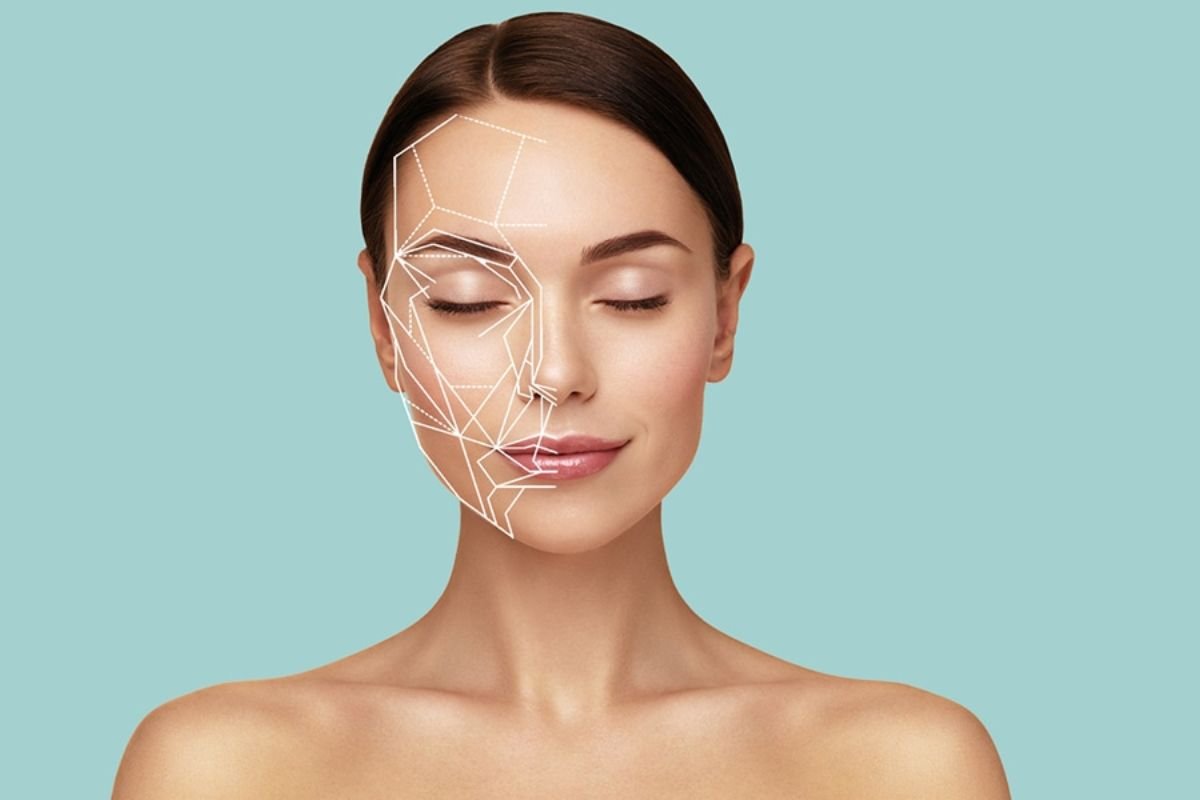Humans are hardwired to look for balance and symmetry in our physical appearance. From carefully aligning facial features to proportionate body shapes, symmetry has long been associated with beauty, health and even genetic fitness. But why does symmetry matter so much to us and can you achieve it without some awesome genetic support? In this blog, we will look at body and face symmetry, what it is, why it matters, refinement methods as well as some enhancement techniques.
What Is Symmetry and Why Does it Matter?
Symmetry refers to balance and proportion. When applied to our faces or bodies, this typically means mirroring left and right sides in terms of shape, size, and structure. For instance a symmetrical face typically features evenly proportioned eyes, an equally spaced nose centerline, balanced lips that fall on both sides of the median line, as well as proportionate shoulders, hips, and limbs.
Why do we care so much about symmetry? Science suggests that subconsciously perceiving symmetrical features as signs of good health, strong genetics, and fertility. And let’s be honest, symmetry just looks good. Artists, designers and Photoshop enthusiasts know first-hand how important visual harmony created through symmetry is for aesthetic appeal.
Research suggests that while perfect Body and Face Symmetry might be uncommon in nature or humans, slight asymmetry shouldn’t be viewed negatively. It can add character and uniqueness to your appearance while giving your face or body more personality. When this condition becomes more noticeable though, it can be an insecurity factor for some people.
Why Does Asymmetry Happen?
Before reaching for your ruler and heading straight for the mirror with it in hand, take a breath. No one is perfectly symmetrical and that is perfectly normal. However, certain factors can amplify asymmetry making it more noticeable. Here are a few culprits:
- Genetics: Sometimes it all boils down to DNA. Your genetic code determines bone structure, muscle development and even fat distribution, and can have dramatic impacts.
- Lifestyle Habits: Your sleep and eating habits could play a part in creating facial asymmetry. Oversleeping on one side or exclusively chewing one side could cause slight imbalances.
- Aging: With time comes loss of collagen, uneven facial fat loss and shifting bone structures which may alter body and face symmetry.
- Medical Conditions or Injuries: Certain medical conditions like strokes or physical injuries can also alter body and face symmetry significantly.
Understanding the causes of an asymmetry is extremely important when finding effective ways to remedy it.
Procedures to Enhance Body and Face Symmetry

Thanks to advances in cosmetic science and technology, there are now various nonsurgical and surgical ways available to you that can improve and refine body and face symmetry. No matter your desired goal, there’s sure to be something suitable.
1. Dermal Fillers and Botox
Dermal fillers and injectable treatments have become big components of the beauty industry, providing nonsurgical solutions that address facial asymmetry like uneven cheeks, misalignment of jawbone or lips that droop too low or are even deformed by sun spots or weather damage.
- How it Works: Hyaluronic acid fillers can be injected to add volume and contour. Meanwhile, Botox relaxes muscles that might be pulling your face out of alignment.
- Why It Works: These treatments are quick, relatively painless and provide short-term solutions to address symmetry adjustments, providing a good “test run”.
2. Rhinoplasty
If your nose leans slightly to one side or doesn’t center evenly with other features on your face, this could affect facial harmony. Rhinoplasty (sometimes known as “nose job”) can reposition and restructure nasal bone and cartilage to create a more balanced appearance.
- How it Works: Surgeons carefully reshape the nose under anesthesia to achieve proportional and artistic results.
- Why It Works: Centered noses often create more symmetry across all aspects of facial structure.
3. Chin Liposuction

Chin liposuction is a cosmetic procedure to eliminate excess fat beneath the chin, commonly referred to as a double chin, in order to achieve a more defined jawline and neck contour.
- How it Works: Surgeons use small incisions and insert a thin tube (cannula) into an existing incision in order to suction unwanted fat deposits away from the body using minimally invasive procedures that typically take place under local anesthesia.
- Why It Works: By extracting fat deposits that accumulate under the chin, liposuction provides a more sculpted and youthful appearance while improving facial balance. It is especially effective when exercise and diet alone do not target this specific area.
4. Body Contouring
Body symmetry often means considering proportions among waist, hips, shoulders and legs. Liposuction or other techniques can help refine these areas to create balance in our bodies.
- How it Works: Excess fat is removed or sculpted away to create a more proportionate appearance, with body contouring improving overall symmetry and aesthetic appeal by improving proportions.
- Why It Works: By correcting proportions, body contouring makes improvements that bring balance to your proportions and aesthetics.
5. Orthodontics and Jaw Surgery
Facial asymmetry doesn’t just manifest in cheekbones and noses, your jawline plays a big part too. Orthodontic treatments like braces or Invisalign may correct alignment issues while jaw surgery may be required in more complex structural cases.
- How it Works: Braces adjust teeth and bite, while jaw surgery realigns bones for a more aesthetically pleasing face.
- Why it Works: Your jawline serves as the cornerstone for facial harmony, and correcting it can have profound effects.
6. Skincare and Non-invasive Methods
Sometimes all it takes to improve symmetry is some TLC in the form of microneedling, chemical peels or laser therapy treatments to even out skin texture and tone. Which ultimately enhances its symmetry.
- How it Works: These treatments stimulate collagen production, smoothing out rough patches or discolorations on the skin and creating the appearance of more balanced symmetry.
- Why It Works: Smoother skin creates the illusion of greater symmetry.
The Mental and Emotional Benefits of Symmetry

Enhancing your symmetry not only looks good, it’s also good for your mental and emotional well-being. Studies consistently demonstrate the correlation between confidence in appearance and increased self-esteem as well as increased social success and better emotional well-being. Enhancing symmetry should not be seen as vanity but as self-care.
Conclusion
Body and face symmetry play a big part in how we perceive ourselves and others. Whether nature has blessed you with perfect symmetry or you opt for enhancements, symmetry has the power to mold harmony and confidence in all forms. However, it’s important to approach symmetry with a healthy mindset and accept your individuality while striving towards balance. Remember that true beauty comes from within and not solely defined by physical appearance. So embrace and celebrate any unique symmetries that make up who you are.









